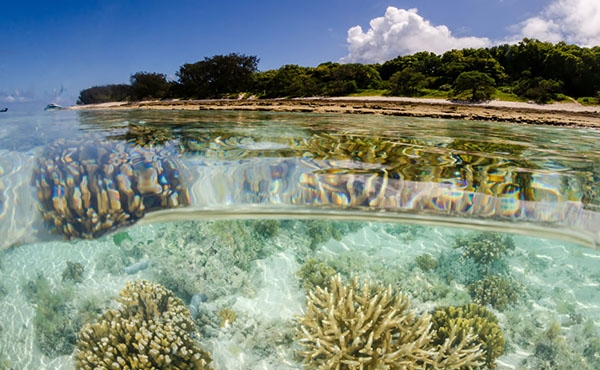Woodlands are areas of mature, single-stemmed trees that have between 20 and 50 per cent canopy cover, whereas forests have greater than 50 per cent canopy cover. Woodlands and the woodland understory reduce flood risk by slowing overland water velocity and thereby regulate sediment and nutrient supply to the Reef.959 Forests contribute to the hydrological cycle through evapotranspiration, cloud formation and rainfall generation.961 Pisonia forests provide critical seabird nesting habitat and help to stabilise sediments on coral cays within the Region.962
Since 2019, the Cape York and Wet Tropics regions have the greatest extent of remaining remnant woodlands and forest ecosystems, at approximately 88 and 99 per cent of the extent before European settlement, respectively. The Fitzroy region has the lowest 8 percentage of remnant forest in the Catchment at approximately 32 per cent and the Burnett Mary region has 36 per cent of remnant woodland extent compared to pre-European settlement.110


